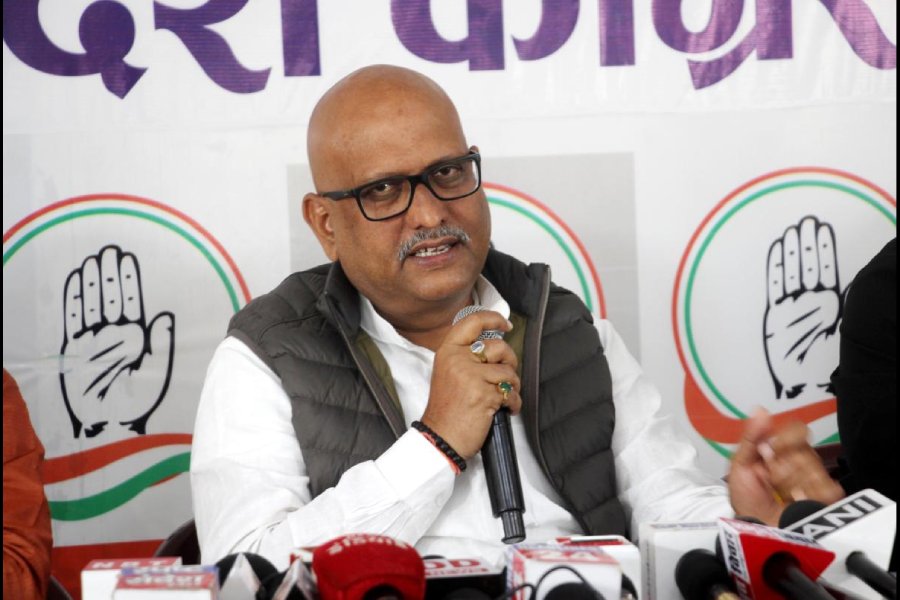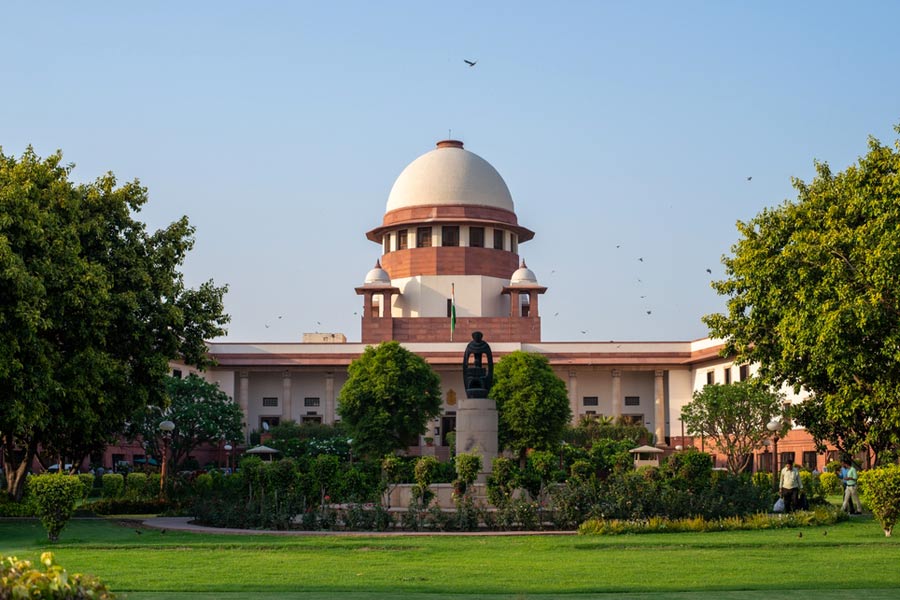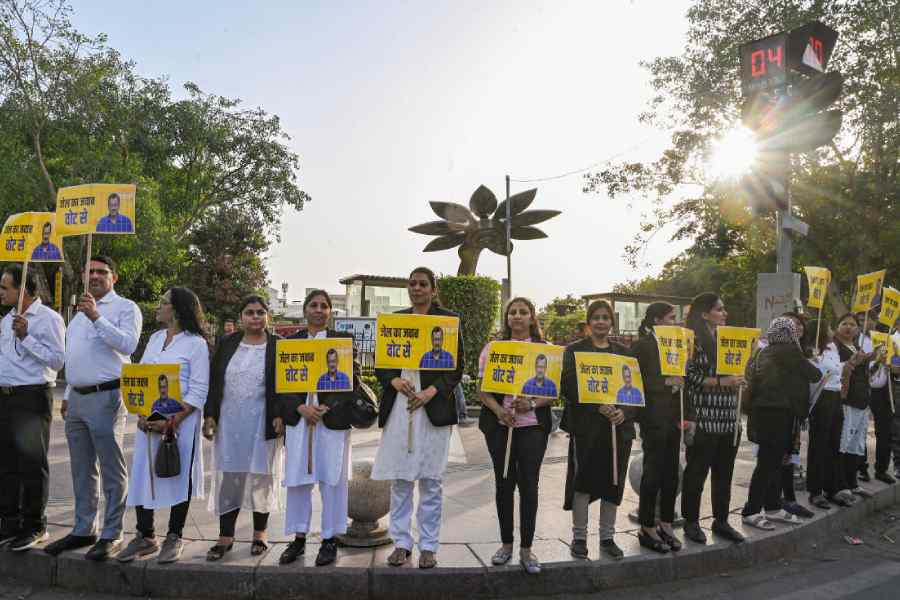Although governmental procurement via minimum support price covers an average of 6 per cent farmers in India, paddy and wheat growers in Punjab take a disproportionate share of the same. The recent state farm law passed in the Punjab assembly to counter the Central farm legislation put a seal on the long-standing demand of guaranteeing MSP while ignoring producers of other crops. Crops like maize and cotton that are not procured by the Food Corporation of India are sold at a price much below the MSP in the state. The government-regulated Agricultural Produce Market Committee mandis are so well-structured in Punjab that they even obtain crops from Bihar and Uttar Pradesh. In the previous kharif marketing season, which started from October 2019, the state could supply 16.38 million tonnes of rice to MSP-supported government procurement, more than its estimated production of 15.2 million tonnes.
The demography of the farmers of Punjab is different from that of India. Semi-medium (2-4 hectares), medium(4-10 hectares) and large (above 10 hectares) farmers of the state together hold 90.31 per cent of the land area as per the agricultural census of 2015-16. The subsidized MSP to which small and marginal farmers should have greater and logical entitlement is thus swallowed up by the rich Sikh-Jat community comprising 21 per cent of the population. The ecological repercussions of high water consumption by the two traditional crops hardly matter to them. With the introduction of the 60-day paddy crop variety, ‘sathi’, from 1993-94, resulting in two crop cycles in a single kharif season, there was further deterioration of the water table. Punjab had to enact a law in 2009 to stipulate sowing time for the crop. A number of studies have recommended switching over to pulses, oilseeds, fruits and vegetables. The state ranks third both in paddy and wheat production in the country as per the last obtainable data in 2017 from the ministry of agriculture with the productions being 11.59 and 16.44 million tonnes, respectively. Because of high-yielding crops and high surplus production, Punjab has displayed its capability of being the highest supplier to the Central FCI pool and to that of other state agencies consistently.
But while discharging its responsibility of recommending MSPs, the Commission for Agricultural Costs and Prices has been urging the state government to withdraw high state levies charged together in different components. Punjab is the only state which charges its fees even in private markets, having amended the state APMC Act in 2017, apart from charging 3 per cent each as mandi fees and rural development fees in its regulated markets. According to CACP, the levies on wheat and rice procurement during 2019 were as high as 8.50 and 14.50 per cent in the state. In October, the Centre communicated to the state government its decision of withholding the rural development fees on current paddy procurement. If the state doesn’t get the fees, it would cost the state exchequer about Rs 1,100 crore in the current season. Over time, the FCI may be forced to buy from outside the regulated mandis to escape the high levies.
Punjab has become the epicentre of the anti-Central farm law protests. The politicians — they control the APMCs — are wooing the arhatiyas. The community comprising commission agents has a strong presence in the state. The arhatiyas, earning a commission of around 3 per cent on sales value in Punjab, are afraid of losing their share on account of the Central law. A pre-existing political tension has now been transformed into a conflict between the Centre and the farmers by clever politicians.










